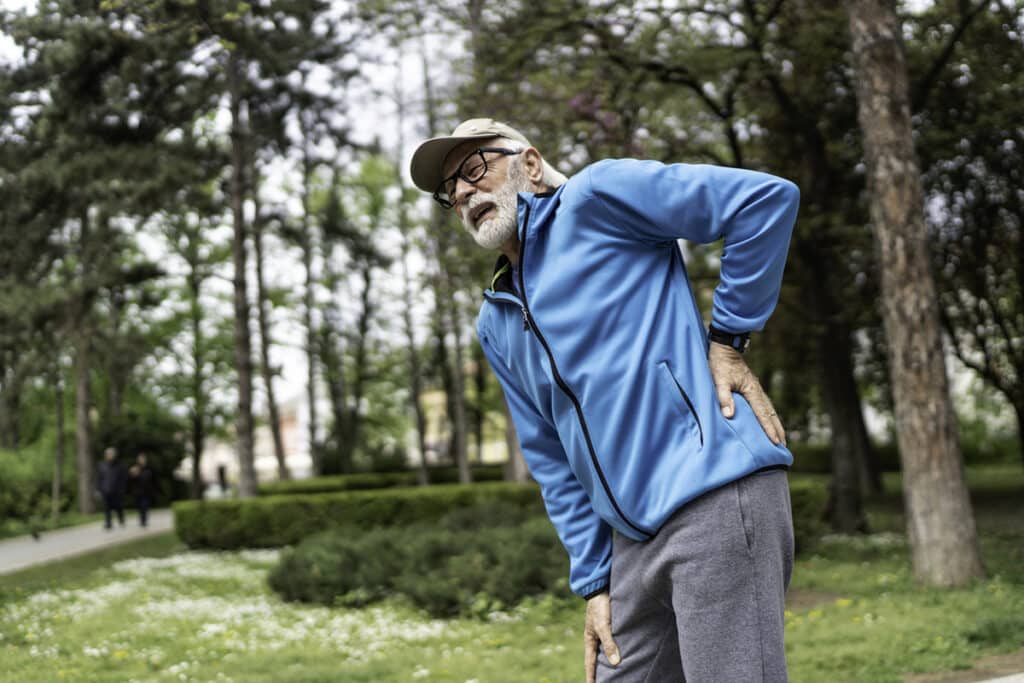
A hip labral tear is a common injury that affects millions of people worldwide. It is a condition characterized by damage to the labrum the cartilage that surrounds the rim of the hip joint. This injury can be caused by a variety of factors, including trauma, repetitive motion, and structural abnormalities. In this blog post, we will discuss in detail the causes, symptoms and treatment options for hip labral tear.
Causes of hip labral tear
Hip labral tear can be caused by a variety of factors. Trauma is one of the most common causes of this injury, especially in athletes who participate in contact sports such as football, hockey, and rugby. Repetitive motion can also cause hip labral tear, such as the repetitive twisting and pivoting movements involved in activities like dancing, gymnastics, and martial arts. Structural abnormalities, such as a hip impingement, can also increase the risk of hip labral tear.
Symptoms of hip labral tear
The symptoms of hip labral tear can vary from person to person. However, some of the most common symptoms include hip pain, a clicking or catching sensation in the hip joint, stiffness, and reduced range of motion. Some people may also experience groin pain or lower back pain. These symptoms can be exacerbated during physical activity, especially activities that involve twisting or rotational movements.
Treatment options for hip labral tear
The treatment options for hip labral tear depend on the severity of the injury and the underlying cause. Conservative treatments, such as rest, physiotherapy, and anti-inflammatory medications, may be effective for mild to moderate cases of hip labral tear. In more severe cases, surgery may be necessary to repair or remove the damaged labrum. Your physiotherapist or chiropractor can recommend the best treatment plan for your specific condition based on your symptoms and medical history.
Prevention of hip labral tear
While hip labral tear cannot always be prevented, there are some steps you can take to reduce your risk of this injury. Strengthening the muscles around the hip joint through exercises like squats, lunges, and hip bridges can help improve joint stability and reduce your risk of injury. Avoiding repetitive motions that put excessive stress on the hip joint can also reduce your risk of hip labral tear. If you are an athlete or engage in physical activity on a regular basis, make sure to warm up properly and wear appropriate protective equipment to help prevent injuries.
A hip labral tear is a common injury that can cause significant pain and discomfort. If you experience symptoms of hip labral tear, it is important to consult with a physiotherapist or chiropractor as soon as possible to receive an accurate diagnosis and appropriate treatment. With the right treatment plan and preventative measures, you can reduce your risk of hip labral tear and maintain optimal hip joint health.
If you have any questions or would like to explore further, please book a free, no-charge online appointment with either myself, Nitin Nair, BPT, R/TRO DIP, PT, or another Kitchener physiotherapist at CARESPACE. We are happy to listen and are here to help!

